About Us
These are the results of your search
Thank you!
We sincerely appreciate the dedication of the ERN patient representatives and project managers who have collaborated in the development of this Hub. Your efforts make a difference, and we couldn't have achieved this without you!
Funded by the European Union. Views and opinions expressed are however those of the author(s) only and do not necessarily reflect those of the European Union or HaDEA. Neither the European Union nor the granting authority can be held responsible for them

This project has been made possible in part by a grant from the Chan Zuckerberg Initiative DAF, an advised fund of Silicon Valley Community Foundation.

EURORDIS ERN and Healthcare team contact:
pem-epags@eurordis.org


